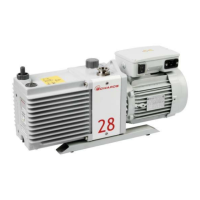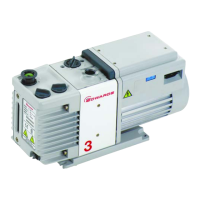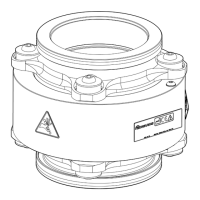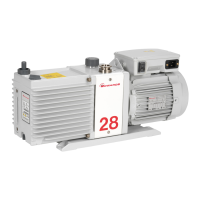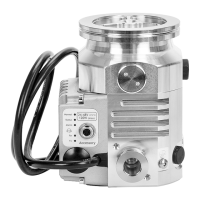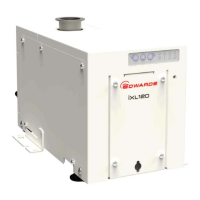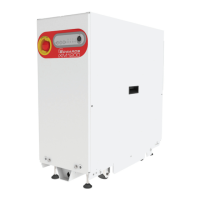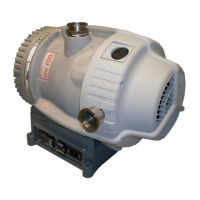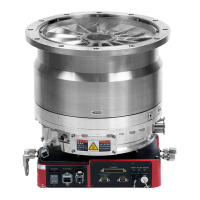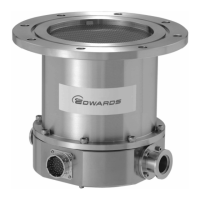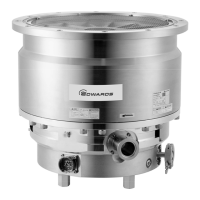© Edwards Limited 2008. All rights reserved. Page 23
Edwards and the Edwards logo are trademarks of Edwards Limited.
Installation
S900-01-880 Issue C
3 Installation
3.1 Safety
A suitably trained and supervised technician must install the booster pump. The installation technician must
obey all local and national safety requirements.
Ensure that the installation technician is familiar with the safety procedures which relate to the pump oil
and the products processed by the pumping system.
Consult Edwards publication P400-40-100 (Vacuum pump and vacuum system safety - chemical and industrial
systems) before you install and use the booster pump to process hazardous or flammable materials.
Vent and purge the pumping system before you start installation work.
Check that all the required components are available and of the correct type before you start work.
Ensure that debris does not get into the booster pump when you install it.
Disconnect the other components in the pumping system from the electrical supply so that they cannot be
operated accidentally.
Do not reuse 'O' rings and co-seals.
Ensure that all electrical cables and purge gas pipelines are safely positioned, secured and routed, so that
they do not present a trip hazard.
Provide adequate access to all pump servicing points and oil-level sight-glasses.
Leak test the system after installation work is complete and seal any leaks found, to prevent leakage of
hazardous substances out of the system and leakage of air into the system.
3.2 System design considerations
Consider the following points when you design the pumping system:
You must mount the booster pump on a firm, level surface.
Adequately support vacuum pipelines to prevent the transmission of stress to pipeline joints.
If necessary, incorporate flexible pipelines in your system pipelines to reduce the transmission of vibration
and to prevent loading of the coupling joints. If you use flexible pipelines, you must ensure that you use
flexible pipelines which have a maximum pressure rating which is greater than the highest pressure that can
be generated in the system.
Ensure that the design incorporates all appropriate safety precautions if toxic, inflammable or explosive
gases or particulates will be pumped. Your design must ensure that:
Where a flammable gas is pumped, the concentrations of the gas in air must be less than 25% of its LEL
(Lower Explosive Limit) concentrations.
Where a toxic gas is pumped, the concentration of the gas must be less than 25% of the occupational
exposure limit for the gas.
Where a toxic or asphyxiant gas is pumped, the booster pump must be located in a well-ventilated area.
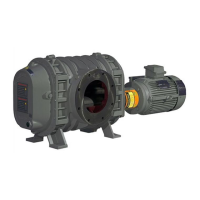
